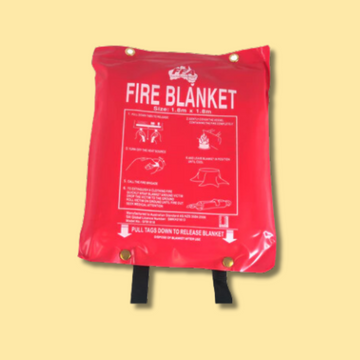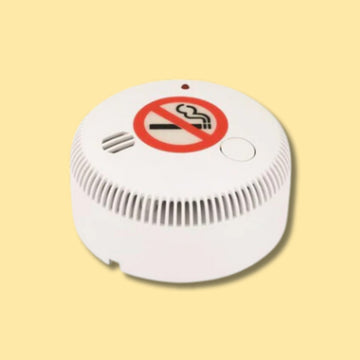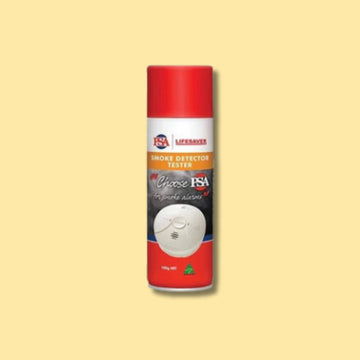Fire & Emergency
Sorry, there are no products in this collection
Sort by
- Featured
- Best selling
- Alphabetically, A-Z
- Alphabetically, Z-A
- Price, low to high
- Price, high to low
- Date, old to new
- Date, new to old
Blog posts

Our Comprehensive Workplace & Site Safety Signs
When it comes to creating safe, accessible, and well-organised spaces, the power of signage cannot...
Read more
Workplace Accessibility: Vital Products for Inclusive Spaces
In Australia, it is mandated by law that all public spaces should be inclusive and...
Read more
Everything You Need to Know About Stair Nosing in Australia
Stair nosing might seem like just a decorative add on or a minor detail, but...
Read more
eSafety Gives back: Join Us as we Fight MS Together
Did you know? 1 in 3 Australians will be directly impacted by MS. What is MS? Multiple...
Read more










